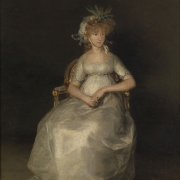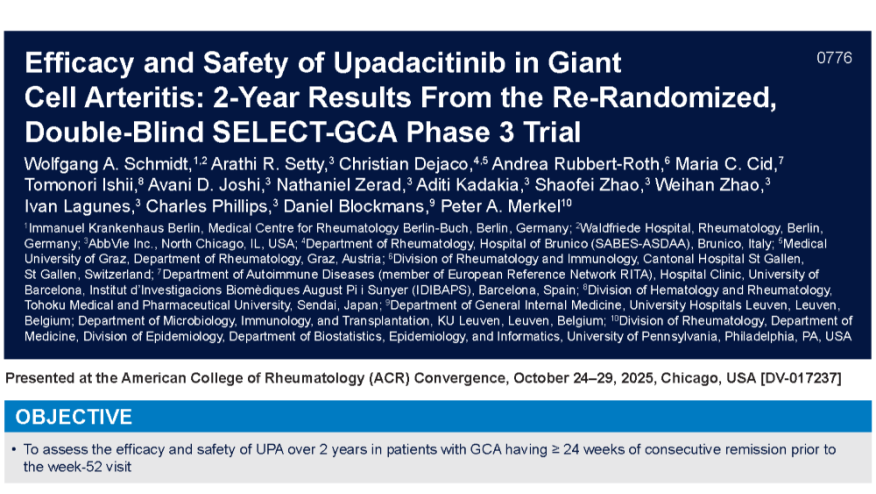The Nine Lives of Hydroxychloroquine Save
Hydroxychloroquine is one of many medications frequently used in rheumatology practice. Its remarkable versatility is attested by its routine use in lupus, in patients with an autoimmune coagulopathy, in patients with rheumatoid arthritis, as well as those with a low-level inflammatory arthropathy. It’s an amazing medication, with a novel history and wide array of indication and multiple actions that we now better understand.

The HCQ story begins in 1638 when the wife of the Viceroy of Peru, Countess Cinchona, acquired malaria while living in the New World. Rather than getting the “approved” therapy, blood-letting, she was treated by an Incan herbalist with the bark of a tree (eventually, named for the countess-Cinchona Tree). Her response was dramatic; when the Viceroy returned to Spain, he brought with him large supplies of the powder for general use, which at the time was controlled by the Church and was thus called “Jesuit’s Powder”.
It took nearly two centuries for the active substance, Quinine, to be isolated from the bark (and was eventually to make a name for itself as a tonic to be added to gin).
Over the next century, quinine would become a common component in folk medicines and patent remedies for the treatment of malaria in the southern states of America, as well as for generic malaise. By the 1940s, quinine, or rather its derivative chloroquine, was recognized for its anti-malarial properties and found use among troops fighting in the Pacific during WW-II. However, it was noted that this compound had significant toxicities. In 1945, a modification of this compound via hydroxylation led to the development of HCQ, which was found to be less toxic and remains in use, without change, to this day.
Over time, physicians began to experiment with the medication and, in the early 1950s, began to use it for the treatment of SLE. After the success in that disease (at least success relative to the other available agents which were basically none), it was tried in another arthropathy, RA. However, in the quest to get better responses, physicians would “push” the dose and, not surprisingly, toxicities, most notable retinal toxicity, began to present itself as a limiting feature of the medication. Not deterred, physicians adjusted the dose and began to consider using it in combination therapy, which became popular in the 1980s and has culminated in the recent studies showing the notable efficacy of triple therapy when HCQ was combined with MTX and sulfasalazine.
Most of the science regarding HCQ’s mechanism of action falls in the realm of speculation. There is evidence that one of its primary effects is on the lysosome, where it accumulates. Once there, it can stabilize the lysosomal membrane and elevate the intra-organelle pH, leading to inactive acid proteases, decreased receptor recycling, inhibition of protein/cytokine production and secretion, and interference with intracellular inflammatory pathways such as ERK and MAP kinase. Recently, there is some evidence that it also inhibits certain segments of “innate immunity” (that basic immunity which links us to jellyfish), specifically the toll-like receptors. Through its action on TLR3/4, synovial fibroblasts are less likely to become activated. Its effect on TLR7/9 inhibits TNF production.
I’m a clinician, not a molecular biologist, and what I want to know is: does it work and where or when?
The most impressive work has come from the lupus literature. This underappreciated medication has been clearly shown to reduce the number of SLE flares, reduce the severity of SLE flares when they occur, can in some cases lead to “remission” including lupus nephritis, increase the risk of flares when stopped, and decrease the doses of prednisone needed to control the disease. In at least one study, the use of HCQ increased survival in patients with SLE by 70%.
Of equal importance, HCQ has been shown to decrease the risk of thrombosis in patients who are anti-phospholipid antibody positive. Although no studies have been done to specifically look at it during pregnancy, most feel it is safe to continue through pregnancy in patients with SLE, despite its long T1/2 of 40 hours and its ability to cross the placenta with ease. In a study of 133 pregnancies in patients on HCQ there were no differences in fetal outcome compared to 70 pregnancies seen in a control group. One has to weigh the potential unknown risks of HCQ against the known risk of pregnancy outcome in SLE patients who flare.
HCQ has also been a pivotal drug in RA. While it demonstrated some efficacy in RA as monotherapy, HCQ has really made its name is in combination therapy. The first major publication to look at a combination therapy tested MTX+HCQ, MTX+HCQ+SSZ and MTX+SSZ in patients with established RA. While “triple” did the best, MTX+SSZ did worse than either combination using HCQ. There may be an explanation for this, coming from the Oncology literature. MTX needs to be actively transported into the cells to become polyglutamated, which is the active form of MTX. It turns out that SSZ inhibits this transport system, and this inhibition is counteracted by HCQ. Makes you think twice about using MTX+SSZ without HCQ, doesn’t it?
But wait, there’s more…
It appears that in patients with RA who are treated with HCQ, there is a decreased likelihood of developing diabetes compared to those who never took it. Even more impressive, RA patients taking HCQ for more than 36 consecutive months were 70% less likely to have an incident cardiovascular event than those not taking it. Regrettably, HCQ is not the cure for all diseases. In one condition in which you would have expected to see an effect, Sjogren’s syndrome, the recent studies have been disappointing.
Now, before we starting putting HCQ in the water supply, we have to recognize that it has its toxicities. The best known is the retinal damage, which can lead to blindness. The risk increases by >1% for each year that the patient is on the medication. Monitoring with eye exams will usually control for this. Myopathies and cardiomyopathies have been described; on biopsy there is a characteristic vacuolar degeneration noted on muscle biopsy. Neuropathies, including ototoxcitiy (it’s not just the eyes…) have been reported, and in rare occasions, there can be a pigmentation of the cartilage presenting like ochronosis. All in all, it’s a pretty safe drug, especially if doses are kept below 6.5mg/kg.
HCQ has come a long way from the Incas making powder from the bark of the Cinchona tree, to having the ACR and EULAR endorse the use of HCQ in the treatment of RA and SLE. The next time you prescribe HCQ, keep in mind the enduring power of this time-tested - nearly four centuries - amazing medicine.
REFERENCES
Ann Rheum Dis 2010; 69.20-28
Ann Rheum Dis 2007; 66.1168-1172
Arthritis Rheum 2002; 46(5). 1164-1170
Arthritis Care & Res 2010; 62(2). 775-784









If you are a health practitioner, you may Login/Register to comment.
Due to the nature of these comment forums, only health practitioners are allowed to comment at this time.